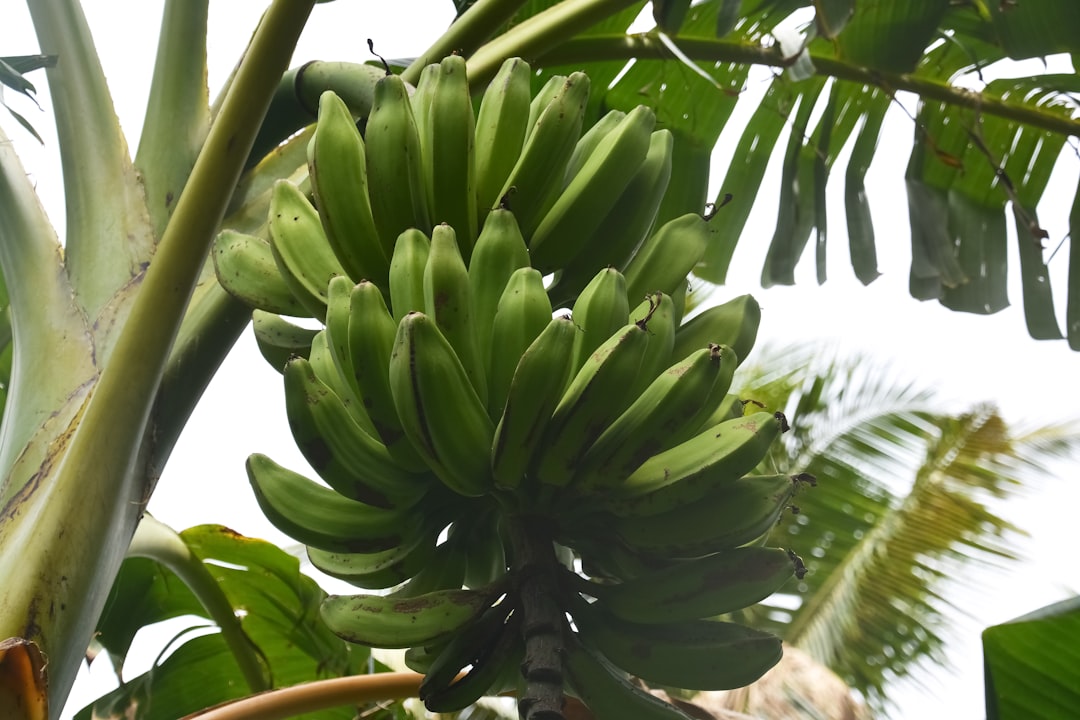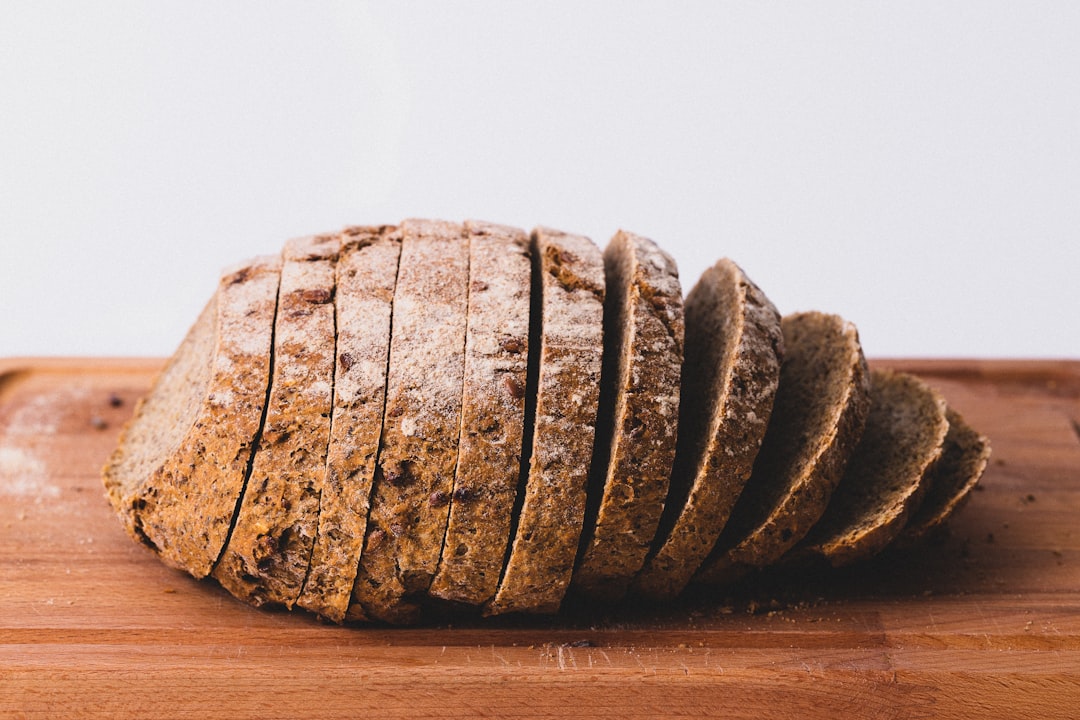What is it about?
The objective was to characterize the traditional cheese, Bouhezza made with raw goat’s milk. There were three cheese making performed. The evaluation consisted in determination of physico-chemical characteristics, proteolysis, microbiological and sensory status. Microbiological characterization was performed during cheese ripening with identification of lactic acid bacteria by 16S rDNA using PCR-TTGE. The sensory analysis and volatile profile were determined by GC-MS. The cheese making of Bouhezza is special in the world, there is the same steps we find in cheese's making but at the same time; we called this process as the fabrication-ripening because the ripening takes place spontaneously with manufacturing stages (see Figure 1 in the article).
Featured Image
Why is it important?
The pH decreased during cheese ripening from 4.69 to 3.99. The moisture in defatted cheese was 79.05% and fat-in-dry matter 34.77%, those results allowed the classification of Bouhezza, according to the Codex alimentarius, as ripened soft and mid-fat cheese. The urea-PAGE pattern of caseins showed a fast proteolysis, which started from the first day of ripening. The sensory evaluation showed that Bouhezza cheese was salty, spicy and intense in odour and aroma. A total, of 100 volatile compounds were identified, where the main components were carboxylic acids (14 compounds) followed by their esters (32) and alcohols (13), aldehydes (5), ketones (8), terpenes and miscellaneous compounds. This study showed that Bouhezza cheese was considered as a product of satisfactory microbiological quality and rich in LABs whose contribute to its ripening, where many of identified strains were the same as those found in other dairy products. The main sensory descriptors as flavour and odor, was lactic flavor and lactic acidic odor. The products of proteolysis gives to Bouhezza a riches in volatiles and fragrance characteristics, which reflect the uniqueness of this cheese of terroir. Finally, an identity card of the Bouhezza cheese was achieved following results of this study. KEYWORDS: Traditional cheese Bouhezza, PCR-TTGE, Lactic acid bacteria, Proteolysis, Sensory properties, Aromatic profile
Perspectives
Further studies are needed to determine the main species having a crucial role in ripening, with those present in the skin-bag, which contribute to biochemical process involved in cheese. In addition, probiotic and species having antimicrobial role during ripening needs to be also researched. At the end, the synthesis of results was collected in the Table 8, which represent an identity card of the Bouhezza cheese achieved following results of this study. I hope that i have contributed to valorise this product of terroir and make it as a knowning cheese by this first study on the making cheese Bouhezza with the raw goat's milk.
Dr. Hacène Medjoudj
1/University of Mentouri Constantine1, Constantine, Algeria and 2/ University of Larbi Ben M'Hidi Oum El-Bouaghi, Algeria
Read the Original
This page is a summary of: Proteolysis, microbiology, volatiles and sensory evaluation of Algerian traditional cheese Bouhezza made using goat’s raw milk, International Journal of Food Properties, December 2017, Taylor & Francis,
DOI: 10.1080/10942912.2017.1375515.
You can read the full text:
Contributors
The following have contributed to this page










